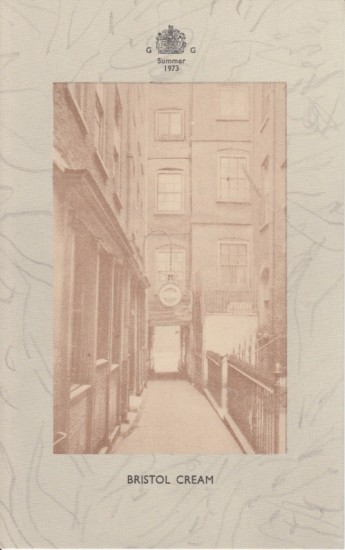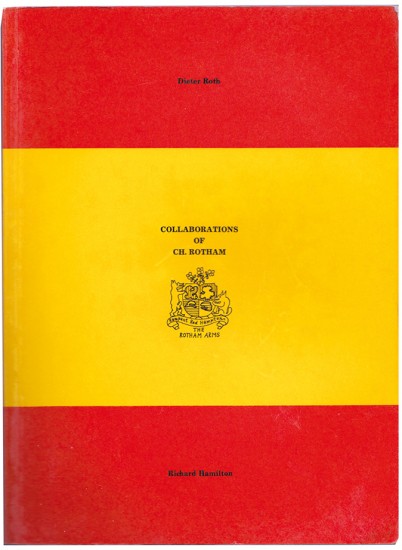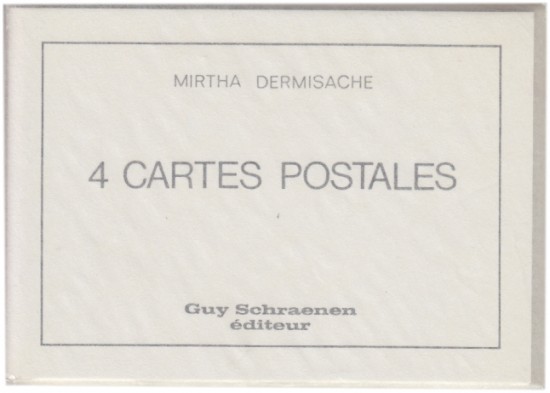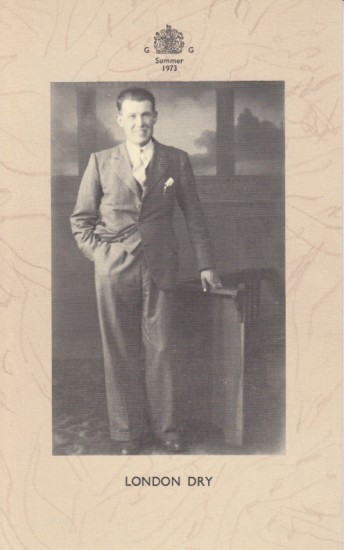Le Antichità Romane Opera di Giambattista Piranesi Architetto Veneziano Divisa in Quattro Libri
Piranesi, Giovanni Battista
Rome. Nella Stamperia Salomoni alla Piazza di S. Ignazio Con Licenza de' Superiori. 1784
Sold
First edition, later issue of Piranesi's Le Antichita Romane.
This work, which required eight years of careful study and excavation by Piranesi, established his reputation as the leading protagonist of Roman archaeology when it first appeared in 1756. His aim, as with all his archeological publications, was both to record the vanishing past for scholars and to inspire contemporary designers to emulate the achievements of ancient Rome.
Volume I explains the urban structure of ancient Rome in terms of its walls, defences and aqueducts as well as its public monuments. Volumes II - III include the plans of the Camera Sepolcrali, and are devoted to the extensive remains of sepulchres around Rome. Volume IV concentrates on the heroic feats of Roman engineering in the form of bridges and monumental structures such as the Curia Hostilia, the substructure of the Temple of Claudius, Hadrian's mausoleum (the Castel Sant'Angelo), and the Theatre of Marcellus. As John Wilton-Ely notes, the work includes plates by or after other artists, chiefly in volumes II and III.
This copy presents a number of interesting bibliographical features: the frontispiece dedication in vol. I is the issue with the text 'Utilitati Publicae' rather than the later dedication to the King of Sweden; the frontispiece is the portrait by Polanzani rather than that by Piranesi's son Francesco; the copy includes the plates by Girolamo Rossi and the anonymous artist in vol. III but none of the later plates by Francesco Piranesi; the four plates VI, VII, IX and X in vol. III are renumbered as for the second edition; finally the additional unnumbered plates in vol. IV are printed with their accompanying numbered plates save for the second plate numbered XLIV which is replaced with an additional duplicate of the previous unnumbered plate.
'The double-page engraved titles of volumes 2 and 3 of Piranesi's Le Antichità Romane display the artist as the most visionary of classical archaeologists. Imaginative and fascinating in all their myriad detail, these two 'restored' views of the great Roman Appian Way have all the overwhelming effect of the modern canyons of New York City, but embellished with classical finials and endless ornament'. (Princeton University, In Search of Art: The English Grand Tour exhibition).
'After two hundred years, the work still remains the vastest picture book of buildings and antiquities in Rome. Almost half the plates record things that have since vanished or been further damaged. It is the first book that attempted to reassemble objects that had been found and then scattered. The big plate of the Roman water system was the first painstaking reconstruction of far flung and complicated ruins, and alone cost him six months of drawing, digging and measuring. This book also went farther than previous attempts to interpret ancient remains in the light of ancient texts, and especially in the light of Vitruvius' description of Roman engineering practice'. (A. Hyatt Mayor, Piranesi p. 12).
[Hind pp. 83-84; Wilton-Ely pp. 327-582.]
This work, which required eight years of careful study and excavation by Piranesi, established his reputation as the leading protagonist of Roman archaeology when it first appeared in 1756. His aim, as with all his archeological publications, was both to record the vanishing past for scholars and to inspire contemporary designers to emulate the achievements of ancient Rome.
Volume I explains the urban structure of ancient Rome in terms of its walls, defences and aqueducts as well as its public monuments. Volumes II - III include the plans of the Camera Sepolcrali, and are devoted to the extensive remains of sepulchres around Rome. Volume IV concentrates on the heroic feats of Roman engineering in the form of bridges and monumental structures such as the Curia Hostilia, the substructure of the Temple of Claudius, Hadrian's mausoleum (the Castel Sant'Angelo), and the Theatre of Marcellus. As John Wilton-Ely notes, the work includes plates by or after other artists, chiefly in volumes II and III.
This copy presents a number of interesting bibliographical features: the frontispiece dedication in vol. I is the issue with the text 'Utilitati Publicae' rather than the later dedication to the King of Sweden; the frontispiece is the portrait by Polanzani rather than that by Piranesi's son Francesco; the copy includes the plates by Girolamo Rossi and the anonymous artist in vol. III but none of the later plates by Francesco Piranesi; the four plates VI, VII, IX and X in vol. III are renumbered as for the second edition; finally the additional unnumbered plates in vol. IV are printed with their accompanying numbered plates save for the second plate numbered XLIV which is replaced with an additional duplicate of the previous unnumbered plate.
'The double-page engraved titles of volumes 2 and 3 of Piranesi's Le Antichità Romane display the artist as the most visionary of classical archaeologists. Imaginative and fascinating in all their myriad detail, these two 'restored' views of the great Roman Appian Way have all the overwhelming effect of the modern canyons of New York City, but embellished with classical finials and endless ornament'. (Princeton University, In Search of Art: The English Grand Tour exhibition).
'After two hundred years, the work still remains the vastest picture book of buildings and antiquities in Rome. Almost half the plates record things that have since vanished or been further damaged. It is the first book that attempted to reassemble objects that had been found and then scattered. The big plate of the Roman water system was the first painstaking reconstruction of far flung and complicated ruins, and alone cost him six months of drawing, digging and measuring. This book also went farther than previous attempts to interpret ancient remains in the light of ancient texts, and especially in the light of Vitruvius' description of Roman engineering practice'. (A. Hyatt Mayor, Piranesi p. 12).
[Hind pp. 83-84; Wilton-Ely pp. 327-582.]
pp. 40, XI, iii, iv, iii, ii. 4 vols. Folio. (530 x 410 mm). Vol I: Engraved frontispiece portrait of Piranesi by Polanzani, printed title (for the second edition and dated '1784'), double-page title with dedication ('Utilitati Publicae') and 43 engraved plates (many with more than one subject, 5 double-page, 2 folding, one double-page and folding), engraved head-piece, engraved vignette and 6 elaborate engraved initials; Vol. II: engraved title, engraved double-page frontispiece, engraved leaf of contents and 60 engraved plates (44 double-page and one large double-page folding plate on 2 sheets); Vol. III: engraved title, engraved double-page frontispiece and 51 engraved plates (42 double-page and one large folding plate on a single sheet, including the single plate by an anonymous artist and the four plates Girolamo Rossi); Vol. IV: engraved title, engraved double-page frontispiece, engraved contents leaf and 57 engraved plates (22 double-page, four large folding plates on two sheets and one large folding plate on a single sheet; plates VI, VII, IX and X are renumbered as called for; plates XXXIV, XLIV and XLV are each accompanied by unnumbered plates and printed on single double-page sheets). All plates mounted to tabs, sheet size: c.725 x 520 mm (or the reverse). Watermarks examined are mainly confined to the fleur-de-lys within double circular border with figurative B above (Robison 36) but also include Robison 20 / 21 and 61. Modern green morocco-backed marbled boards by Max Koelliker with his stamped signature to rear pastedown of each vol., banded spine in six compartments with gilt tooling and title, top edges yellow.
#40559










